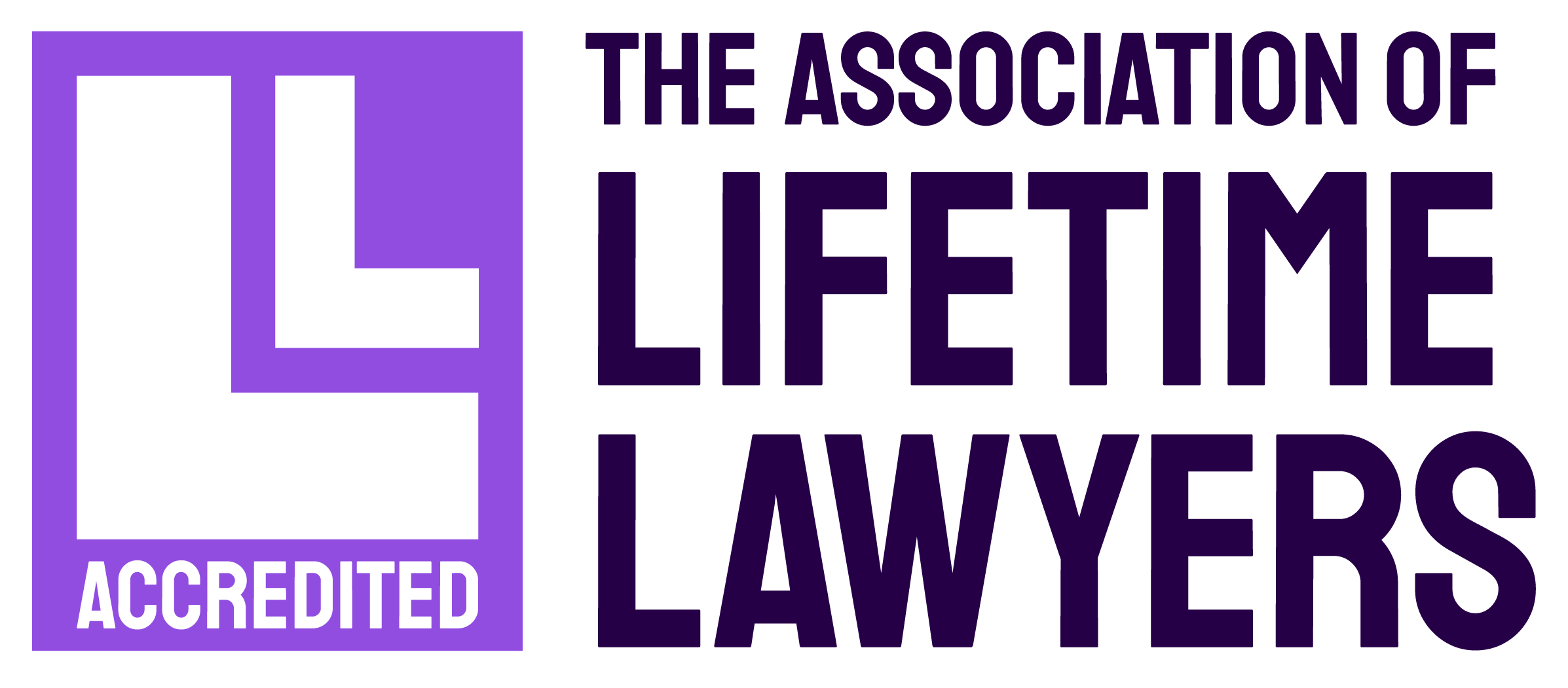Renewing a commercial lease: a beginner’s guide
Having a secure business premises from which to operate is integral to many companies’ success – and indeed survival. That’s why there are statutory protections in place to ensure that commercial tenants are not at risk of being summarily evicted from their premises whenever a lease comes to an end.
These protections, called ‘security of tenure’, are provided under the Landlord and Tenant Act 1954, which governs the majority of matters relating to commercial leases. This Act provides that most business tenants will have the automatic right to renew their lease at current market rates once the lease term has expired. Leases that have the benefit of security of tenure are called ‘protected leases.’
Lease expiry and statutory notices
Under Part II of the Landlord and Tenant Act, a commercial lease doesn’t actually end once the lease term has expired. Instead, the tenant will have the right to stay in the premises until either they or their landlord serve a statutory notice to end the lease. A tenant will serve a section 26 notice to propose a new lease, while a landlord will serve a section 25 notice if they are willing to grant one and, if so, on what terms. If both parties agree to a new lease, but cannot agree on its terms, then they can make an application to Court for the terms to be decided.
If a tenant stays on following the expiry of their lease without a statutory notice being served, this is called ‘holding over.’ A landlord is likely to serve notice if they believe a tenant who is currently holding over is paying less than the current market rate, while a tenant may do so because they believe they are paying too much for their rent.
Statutory grounds for frustrating a lease
Landlords will not be able to deny their tenant the right to renew a protected lease unless they can prove one of seven statutory grounds laid out in section 30 of the Landlord and Tenant Act. There are three ‘fault’ grounds and four ‘non-fault’ grounds, these being:
Fault
- The tenant has not fulfilled their duties to maintain and/or repair the premises.
- The tenant has persistently failed to pay their rent.
- The tenant has breached other terms of their existing lease.
Non-fault
- The landlord can provide suitable alternative accommodation.
- The tenant is only letting part of the premises and leasing the whole property would provide more rent to the landlord than several separate leases.
- The landlord is seeking to redevelop or demolish the property.
- The landlord wishes to occupy all or part of the premises for business or residential purposes.
When a landlord terminates the lease using one of the four non-fault grounds described above, the tenant is also statutorily entitled to compensation of one times the rateable value of the property (or twice its rateable value if the tenant has been in residence for 14 years or more).
When is a commercial lease not protected?
A commercial lease will automatically have renewal rights unless the tenant and the landlord have agreed, prior to the granting of the lease, that the tenancy will not be protected. The landlord will serve a warning notice on the tenant and the tenant must sign a declaration waiving these rights, and thereby ‘contracting out’ of the security of tenure provided by the Act. The mechanism is very specific and a failure to follow the contracting out procedure properly could mean that the lease will remain protected by the Act.























